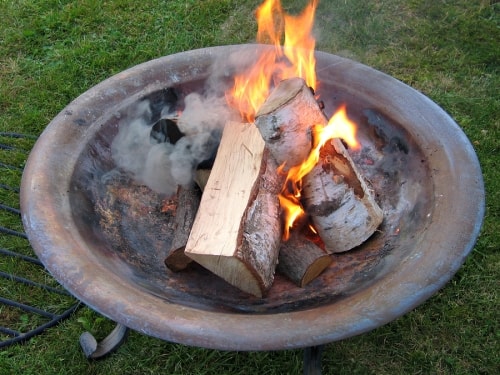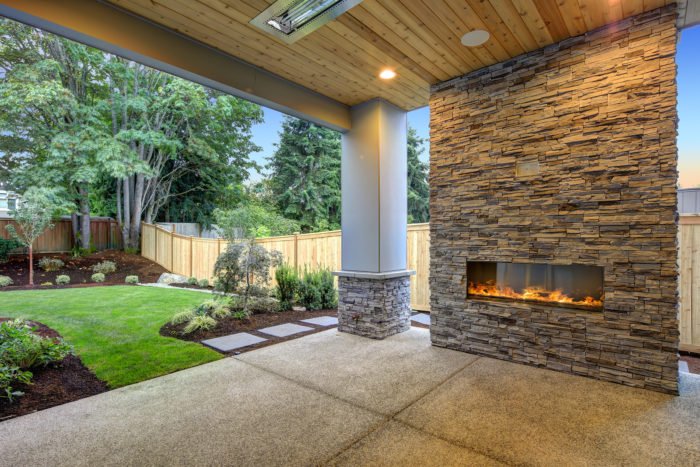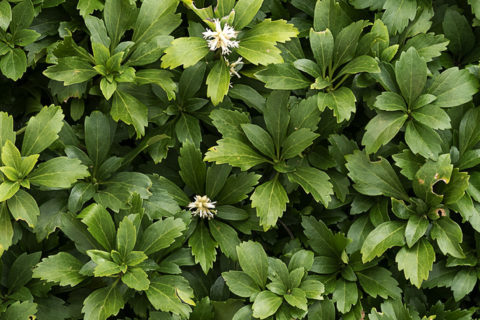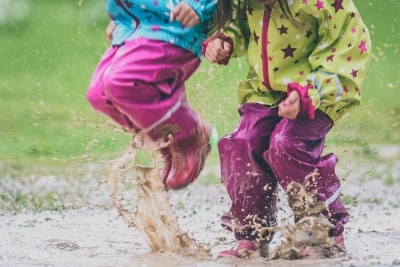FIRE PIT DESIGN TIPS & TRENDS
Do you dream of gathering around a beautifully designed fire pit with friends and family? The warmth, the glow, the chance to roast marshmallows—no other hardscaping feature compares! Still, fire pits involve high heat, flames, and smoke, meaning you must carefully consider your materials, location, and seating options. Here are some important fire pit design choices to ensure a safe and enjoyable backyard.
Fire Pit Safety
Before designing and building a fire pit, you need approval from the proper authorities. Your local government, homeowner’s association, and house deed may restrict the size, location, materials, and fuel type of home fire pits—or forbid them altogether.
If you ignore these rules, you could be fined and banned from using your fire pit. Avoid headaches by contacting your local planning office, asking your HOA, and reviewing your deed to ensure compliance.
Then, follow these additional fire pit safety tips:
- Start wood-burning fire pits with kindling, wood shavings, or commercial fire starters, not lighter fluid or gasoline.
- Monitor pets and children closely.
- Don’t allow pieces of wood to extend beyond the fire pit.
- Don’t throw paper or garbage into the fire.
- Wait for the ashes to cool. Then, scoop them into a metal container and wet them to prevent re-ignition.

Fire Pit Build Options
Once you determine fire pits are permitted in your neighborhood, consider these primary build options:
- Built-in or mobile? A permanent fire pit is grand and aesthetically pleasing, but portable designs can be moved when needed. If you’re on the fence, consider the size of your yard. A mobile fire pit is the clear choice if you have limited space.
- In-ground or above-ground? An in-ground fire pit, like the kind seen at campsites, is a cost-effective choice. However, above-ground pits are more common.
- Wood, gas, or hybrid? For purists, nothing compares to a wood-burning fire pit. However, a gas model is smokeless, easier to ignite and extinguish, and generally safer. A popular fire pit trend is to meet halfway with a wood fire pit featuring a gas starter.
Fire Pit Materials
Heat ratings are the most important factor when choosing fire pit materials. To avoid safety hazards, always line the pit with a steel liner. Then, leave air space between the liner and the surrounding materials. Heat-resistant concrete blocks, bricks, and natural stones are appropriate for the fire pit wall and the ground around it.
Fire Pit Shape & Size
Most fire pits are round or square, largely because these are the shapes fire pit liners come in. As long as local ordinances allow, your fire pit should ideally be 36 to 44 inches across, including the width of the wall. This allows multiple people to sit or stand around the pit.
A good height for an above-ground fire pit is 6 to 14 inches if you want the option to prop your feet on it. Increase the wall height to 18 to 20 inches if you want to use it as a table for drinks and appetizers.
Fire Pit Placement & Orientation
Consider your available yard space and choose a safe, sensible location for your fire pit. First, select a flat, open area where you can install non-flammable pavers or gravel to surround the fire pit for safety. Then, position the pit at least 10 feet away from any structure, overhang, or property line and at least 15 feet from other residences. It’s also wise to check the prevailing wind patterns in your location to ensure the smoke usually blows away from your home and other nearby properties.
Fire Pit Seating
If space allows, adding built-in seating is a great fire pit design tip. Position stone benches or “seat walls” 3 to 4 feet from the fire pit to allow for walking room. Consider leaving two sides open around the fire pit for flexible furniture placement and mingling. If built-in seating is impractical, feel free to pull up your favorite outdoor chair to enjoy the fire from a safe, comfortable distance.

Fire Pit Alternatives
It’s worth noting that fire pits aren’t the only backyard fire feature available. If you don’t think a fire pit will work, your other options include:
- Fire bowls
- Fire tables
- Outdoor fireplaces
- Combination fire/water features
- Fire columns
- Chimineas
Transform Your Outdoor Living Space with a Fire Pit
Because of the potential hazards involved, we don’t recommend DIY fire pit installation. Instead, turn to Bellantoni Landscape for help bringing your fire pit design ideas to life. We have nearly 60 years of experience providing exceptional landscape and hardscape design services in Westchester County, NY. Your complete satisfaction is our number one priority, so we won’t quit until you’re thrilled with your new fire pit. Contact us at (914) 948-6468 to schedule an appointment with our landscape design team today.


